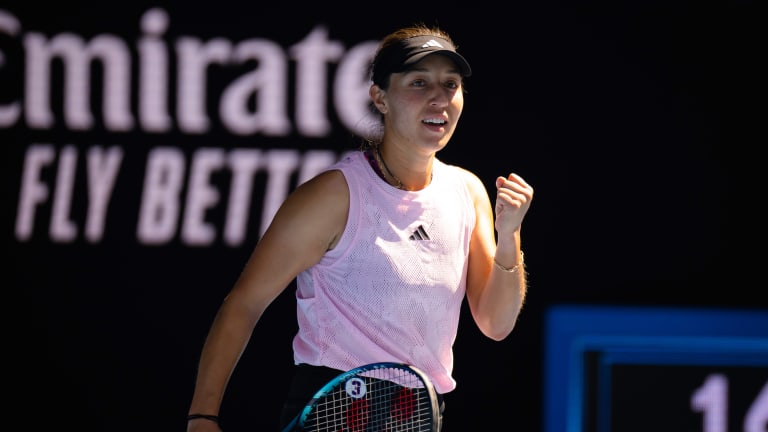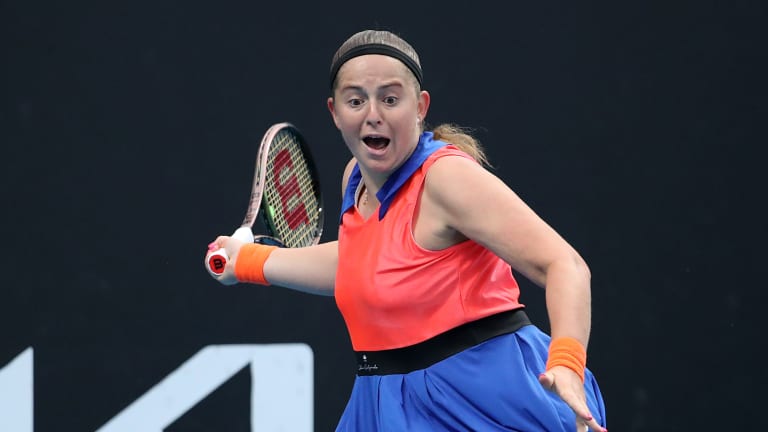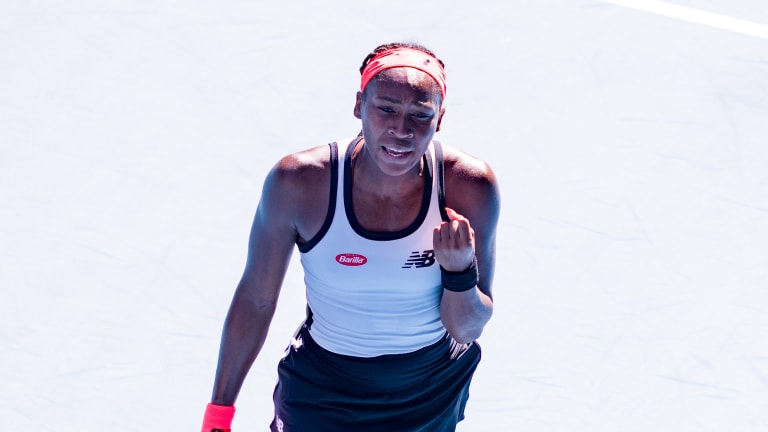Australian Open
On quests for a maiden major, Jessica Pegula and Coco Gauff must beat players who've broken through
By Jan 20, 2023Australian Open
Jannik Sinner does it his way: He chose tennis over skiing and selected his new coaching team
By Jan 31, 2024Australian Open
The State of the ATP: What we learned from the 2024 Australian Open
By Jan 30, 2024Australian Open
'Grandissimo': Italian Premier Giorgia Meloni welcomes home Australian Open champion Jannik Sinner
By Jan 30, 2024Australian Open
The State of the WTA: What we learned from the 2024 Australian Open
By Jan 30, 2024Australian Open
The doubles mastery, and radical fun, of Hsieh Su-Wei
By Jan 29, 2024Australian Open
Pope Francis congratulates Italy after tennis player Jannik Sinner wins the Australian Open
By Jan 29, 2024Australian Open
'I like to dance in the pressure storm,' Jannik Sinner says ... and he did just that in his Australian Open triumph
By Jan 28, 2024Australian Open
First of many? Jannik Sinner's five-set comeback sinks Daniil Medvedev in Australian Open final
By Jan 28, 2024Australian Open
Soccer-mad Italy is now obsessed with tennis player Jannik Sinner after his Australian Open title
By Jan 28, 2024Australian Open
On quests for a maiden major, Jessica Pegula and Coco Gauff must beat players who've broken through
In the fourth round, the 28-year-old faces 2021 Roland Garros champion Barbora Krejcikova, while the 18-year-old meets 2017 Roland Garros champion Jelena Ostapenko.
Published Jan 20, 2023
Advertising
Advertising

“I've kind of been able to take my personality, which even though I’m a perfectionist, I’m still pretty laid back—kind of use that during the matches.”—Jessica Pegula
© 2023 Robert Prange
Advertising

“I think with every single match I’m getting better and better.”—Barbora Krejcikova
© 2023 Robert Prange
Advertising

“But also, on the other hand, I have to be aggressive because that's what the opponents don't like and what makes me a dangerous player.”—Jelena Ostapenko
© Getty Images
Advertising

“When you feel like you're the hardest-working person, you know when the moments get close, all that hard work will come out.”—Coco Gauff
© © Andy Cheung / ArcK Images / Getty Images